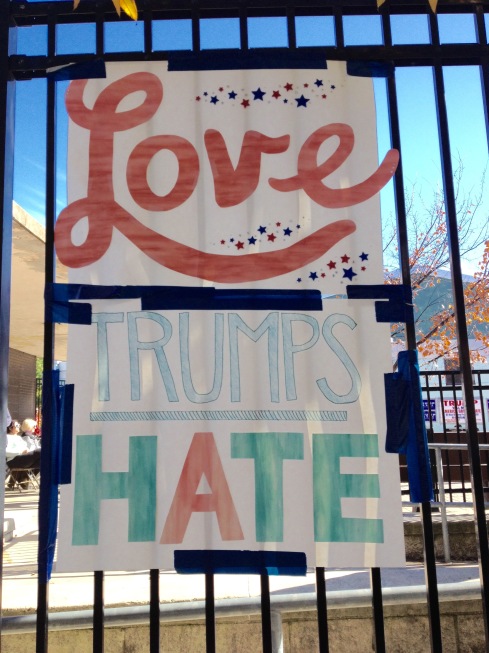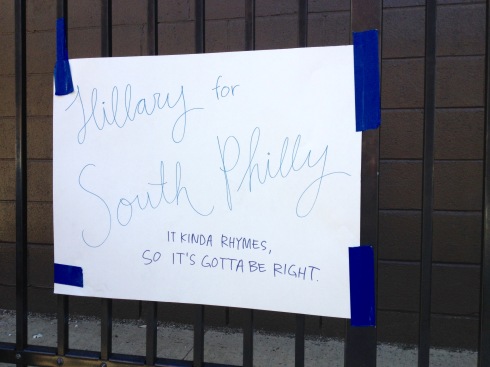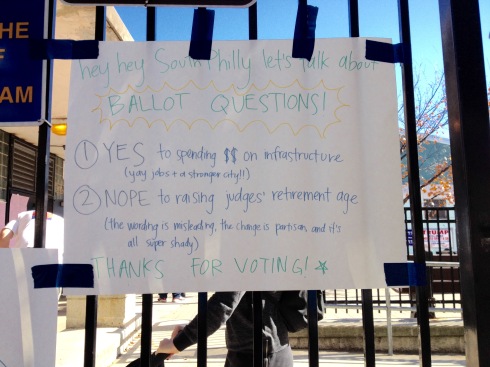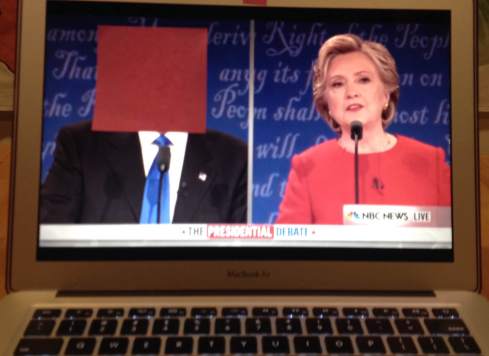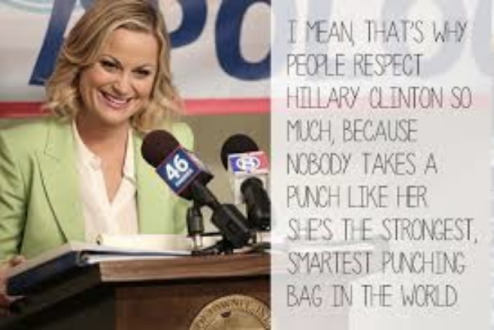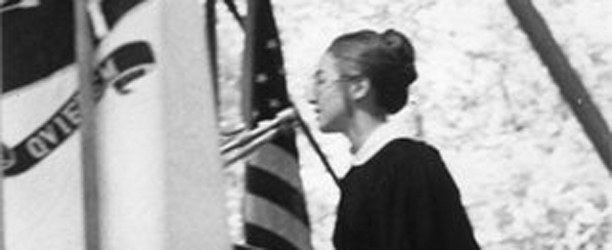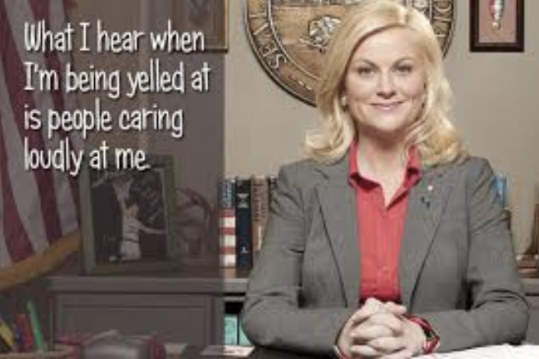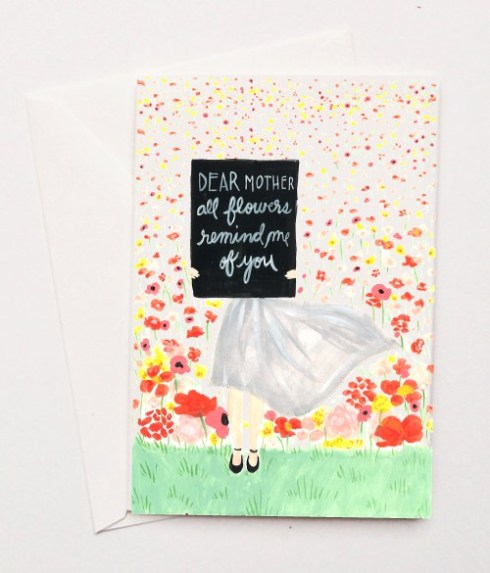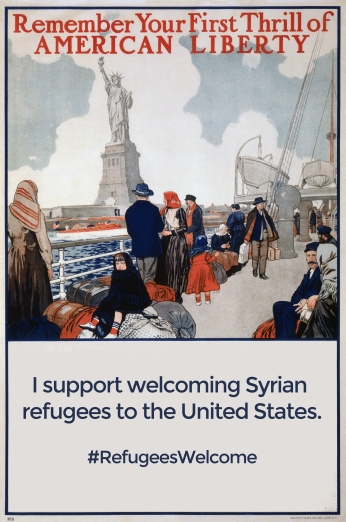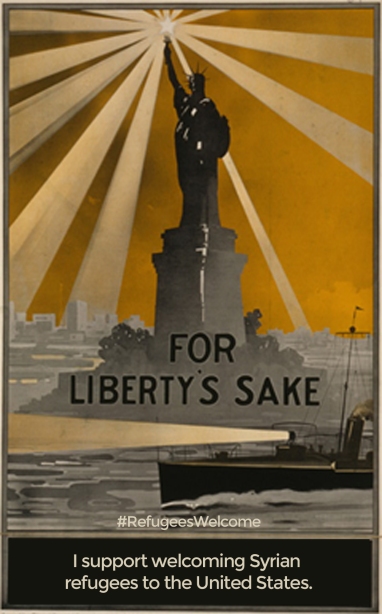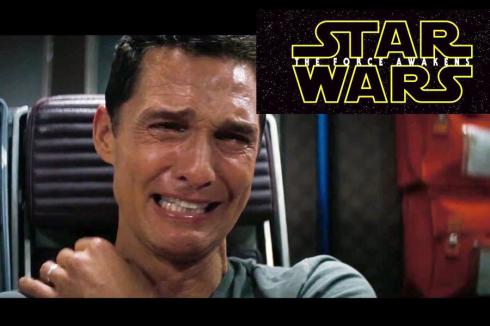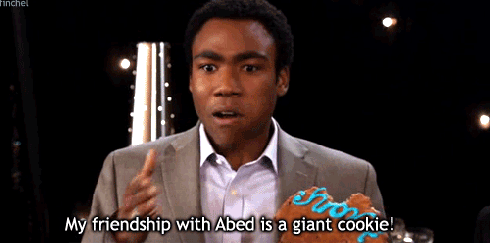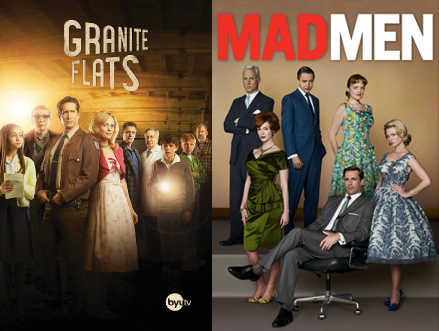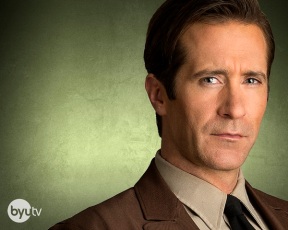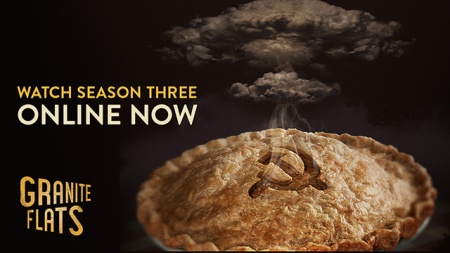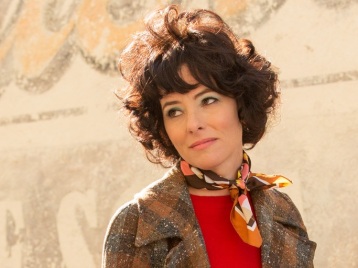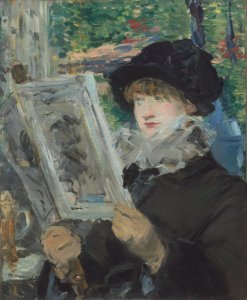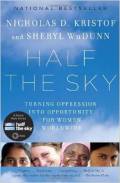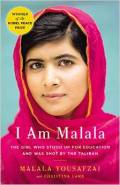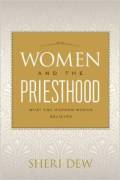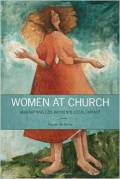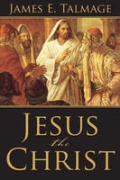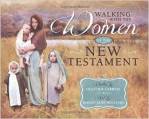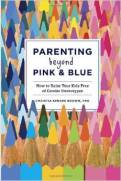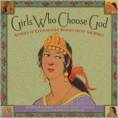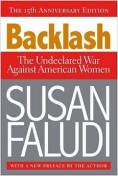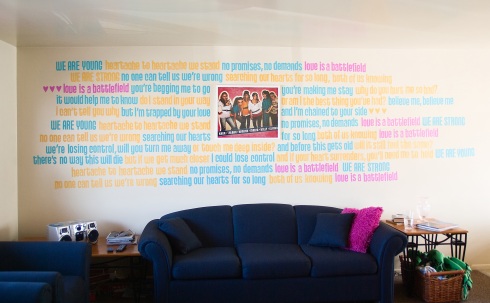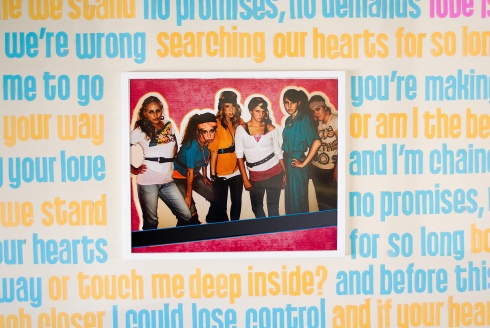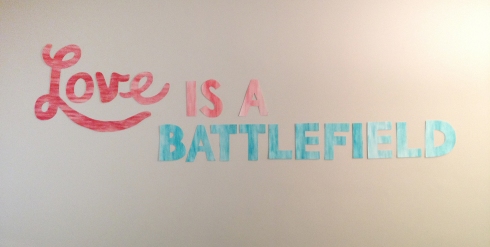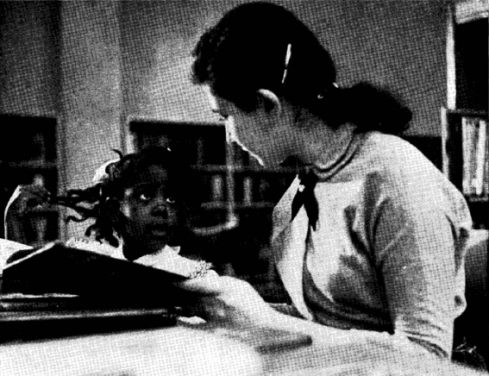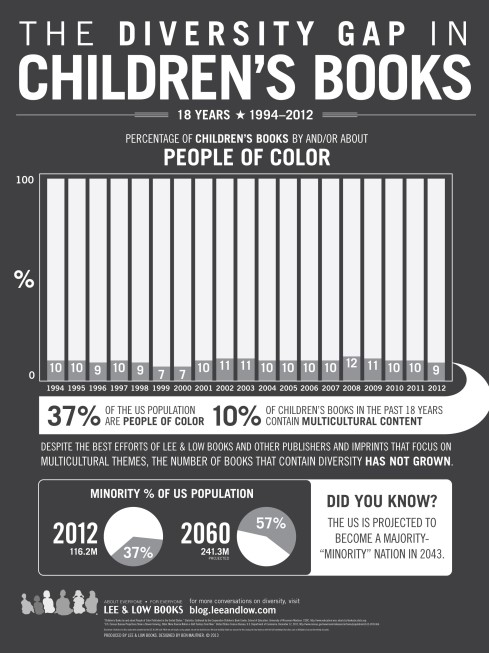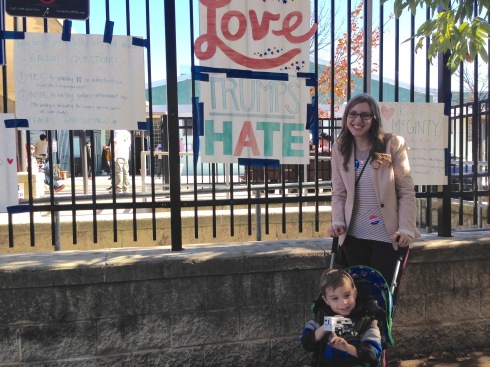 I whipped up some last-minute homemade campaign posters today, and got interviewed by a couple news organization while hanging them up at my South Philly polling place. If you want to see the pics of my patriotic craftiness, just scroll to the end. If you want the backstory, here it is:
I whipped up some last-minute homemade campaign posters today, and got interviewed by a couple news organization while hanging them up at my South Philly polling place. If you want to see the pics of my patriotic craftiness, just scroll to the end. If you want the backstory, here it is:
Election Day morning: Dave and I took Lars to vote first thing in the morning.
We immediately noticed that the brick wall of the polling place was plastered with lots of Trump signs. I guess we shouldn’t have been too surprised, since we’ve seen plenty of Trump signs in our South Philly neighborhood. I asked a poll worker if that was legal, and he said it was.
As a non-Trump voter, I felt intimidated. It was intimidating not only because the signage was one-sided–it was also because the name of Trump has become synonymous with intimidation, including explicit threats of violence toward marginalized groups, the press, and anyone who offends him. To be clear, no one said or did anything threatening at my polling place, but I didn’t want other voters to feel intimidated. I saw a woman wearing a hijab walk into the polling place, and although no one bothered her either, I couldn’t help to think that the menacing specter of Trump felt even more real for her.
We went in to vote. I voted for who I hope will be our first woman president. Unfortunately, Hillary was the only person I was able to vote for, because I had taken Lars into the booth with me (trying to instill civic values, and all that good stuff), and the little stinker pressed the “Vote” button before I could get any further. Once the vote is submitted, that’s it. I was bummed not to be able to have my say in state and local issues, but I’ll survive. Lars repeated several times throughout the day “I pressed the ‘Vote’ button!” Good thing he’s cute!
Dave bid us farewell and headed to work. I glanced again at the wall of Trump posters and decided: I’m gonna make my own poster, and they’re going to be adorably patriotic (à la Nick Cage). So I picked up some posterboard at the store, and rushed home to whip up some lovely posters. I decided to reuse some letters I created for a previous crafty endeavor, when I decorated our living room wall with the words “Love is a Battlefield.” And I added some glitter stars and gemstones, BECAUSE AMERICA. Here’s me and Lars with my handiwork:
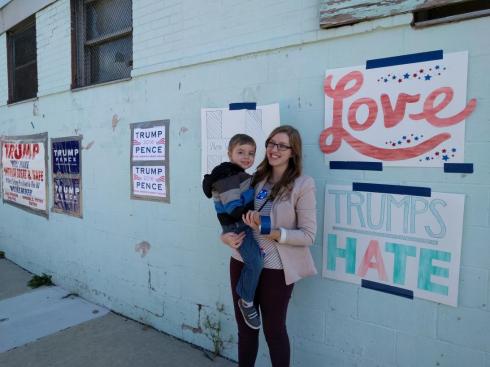 As soon as I hung up my first sign, a reporter from WHYY, a local news outlet, came to talk with me. You can read the story here. (It was briefly deleted this afternoon, but now it’s back up… hopefully it will stay that way!) I’m pretty darn proud of my quote that they used:
As soon as I hung up my first sign, a reporter from WHYY, a local news outlet, came to talk with me. You can read the story here. (It was briefly deleted this afternoon, but now it’s back up… hopefully it will stay that way!) I’m pretty darn proud of my quote that they used:
“I have a lot of friends who even though they don’t support Trump they have a hard time warming up to Hillary,” she said. “So I recently posted on my personal blog about how I’m not just voting for Hillary because I don’t like Trump, which most people agree on. I truly love her and I believe she does stand for love rather than hate. And I wanted to express that love with glitter and paint.”
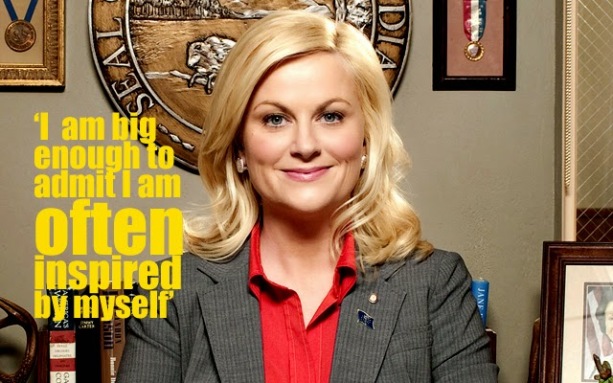 Then I chatted with a reporter from Univision. There’s a picture of me in their coverage here.
Then I chatted with a reporter from Univision. There’s a picture of me in their coverage here.
Then I chatted with a reporter from WNYC, who is working on a documentary about the election, which they said will come out in a few weeks. Shortly into this conversation, a woman came up to me and said that she was a judge of election (I asked her name but alas, I forget), and that I needed to move the signs, which I had placed on the brick wall of the polling place (a recreation center), next to some Trump signs. She said that they had to be official campaign signs, and that homemade election signs weren’t allowed. But she said that I could move them to the fence surrounding the polling place.
I asked her a couple of questions trying to clarify her claims, and although I was skeptical, I decided it wasn’t worth the fight. She insisted several times that it was not a partisan issue. I would have preferred that my signs be adjacent to the large, looming Trump signs, but at least at the fence people were able to see them as they came in. And I hope that the largest poster, #LoveTrumpsHate, sends an uplifting message for all voters. As I was putting them up, a couple people stopped by and thanked me for displaying something beautiful, and I was so glad to hear that.
Later that day, the WNYC reporter tweeted to let me know that he checked with an election expert, who said that the judge was incorrect, and there is no prohibition of homemade signs. From what I could tell in my own research, according to Pennsylvania state law, the only rule regarding campaign signage at polling places is that they must be 10 feet from the entrance of the polling place. Interestingly, some of the “official” campaign signs that were on the brick wall were definitely less than 10 feet from the entrance. For example:
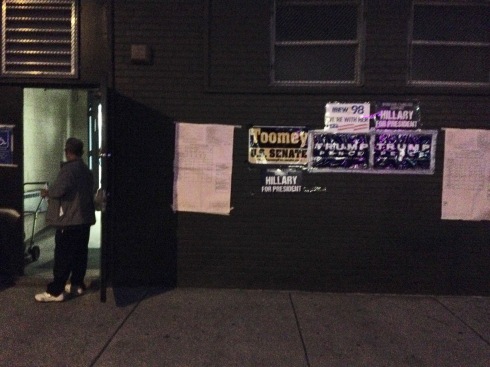 So basically, regardless of whether they were official or homemade, those signs shouldn’t have been that close to the door. I considered complaining to a poll worker about it, but decided against it. Mostly, I was relieved that no one tore down my signs. (If anyone has a source to confirm or contradict my understanding of the rules, for future reference, I’d appreciate it!)
So basically, regardless of whether they were official or homemade, those signs shouldn’t have been that close to the door. I considered complaining to a poll worker about it, but decided against it. Mostly, I was relieved that no one tore down my signs. (If anyone has a source to confirm or contradict my understanding of the rules, for future reference, I’d appreciate it!)
All the while, Lars was contentedly driving a toy truck around on the sidewalk. He got a bit antsy toward the end, though, and once we were finally done relocating the posters and chatting with the WNYC folks, we headed over to the rec center’s playground.
It’s been a whirlwind Election Day, and now I can only hope that it has a positive outcome. (Dave is continually refreshing FiveThirtyEight, and it’s causing anxiety, but I’m trying to remain optimistic.)
Now, here are all the posters!
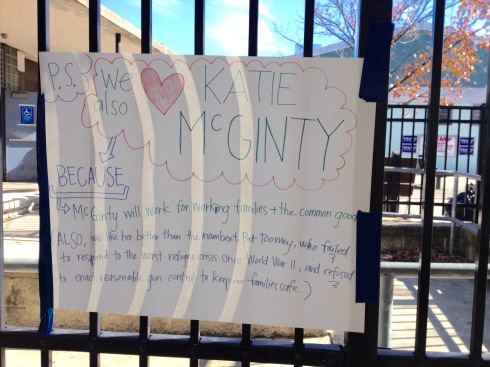 (I also weighed in on local candidates and issues, because they matter too!)
(I also weighed in on local candidates and issues, because they matter too!)
